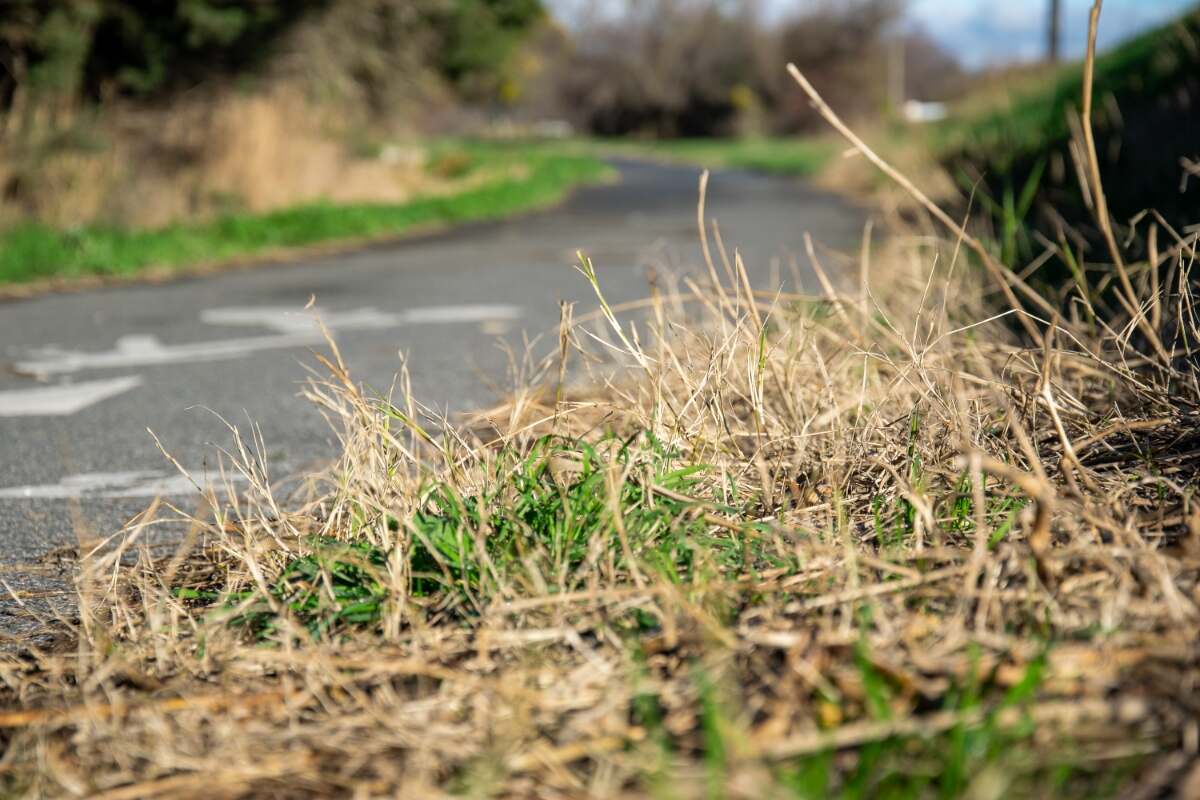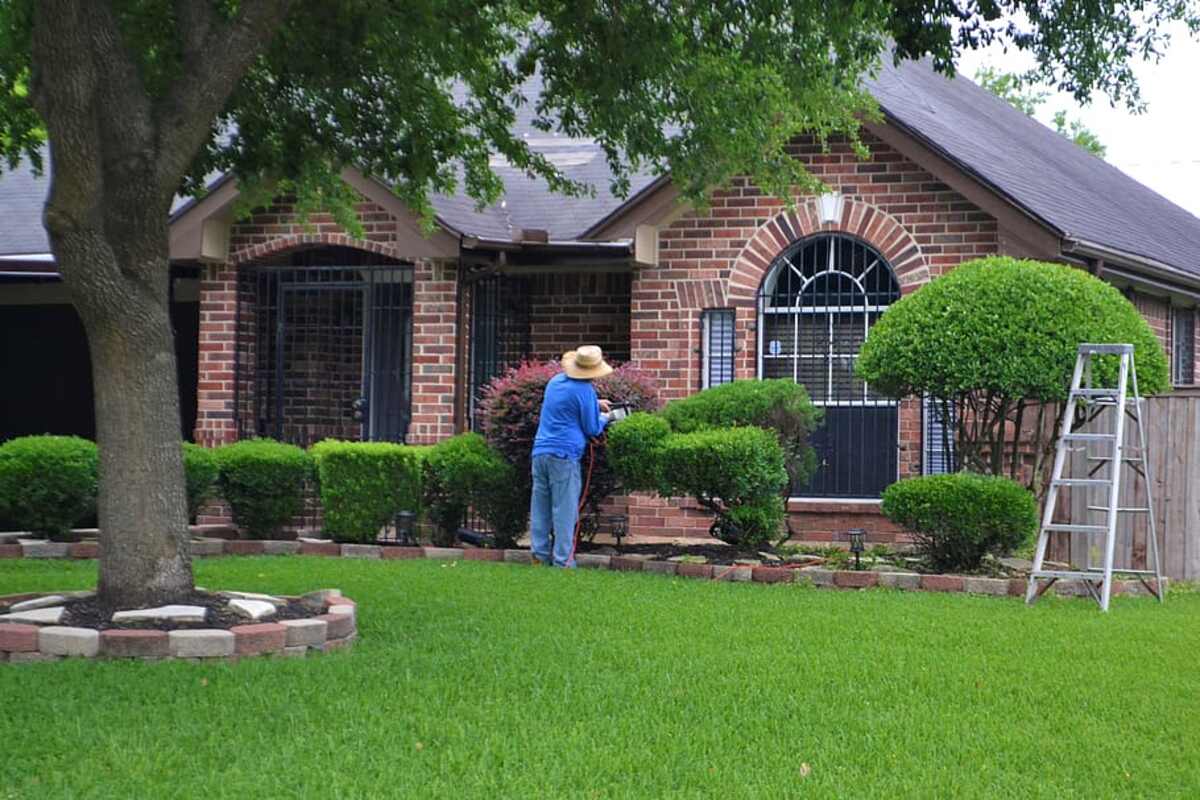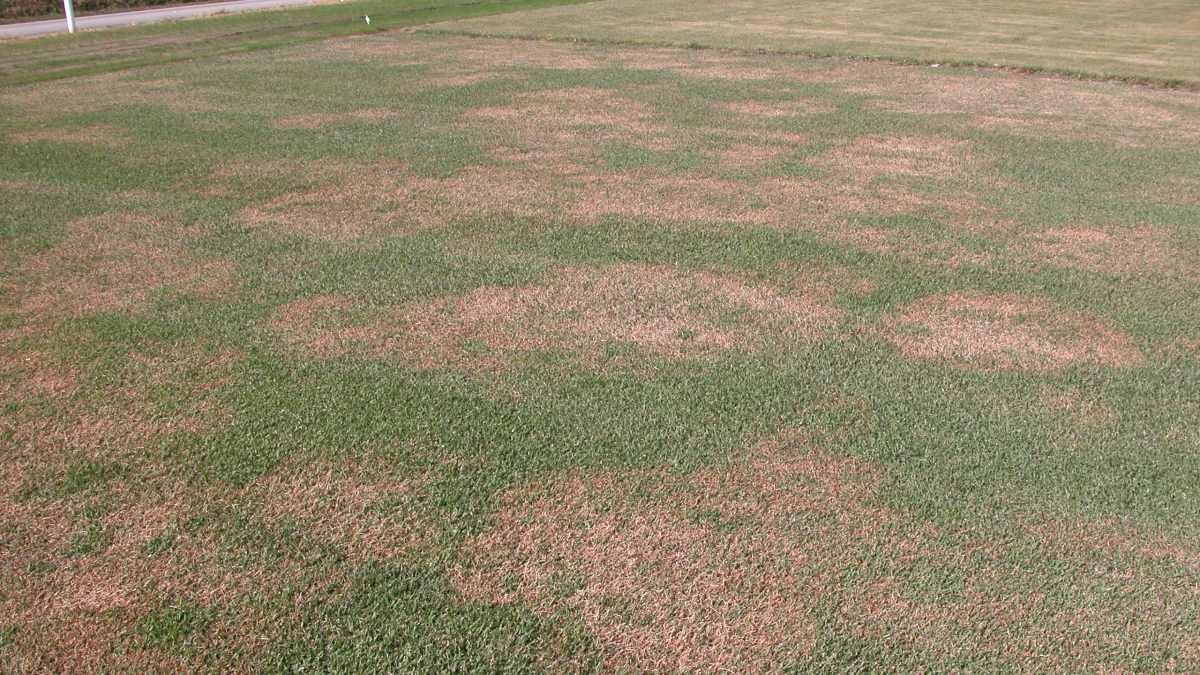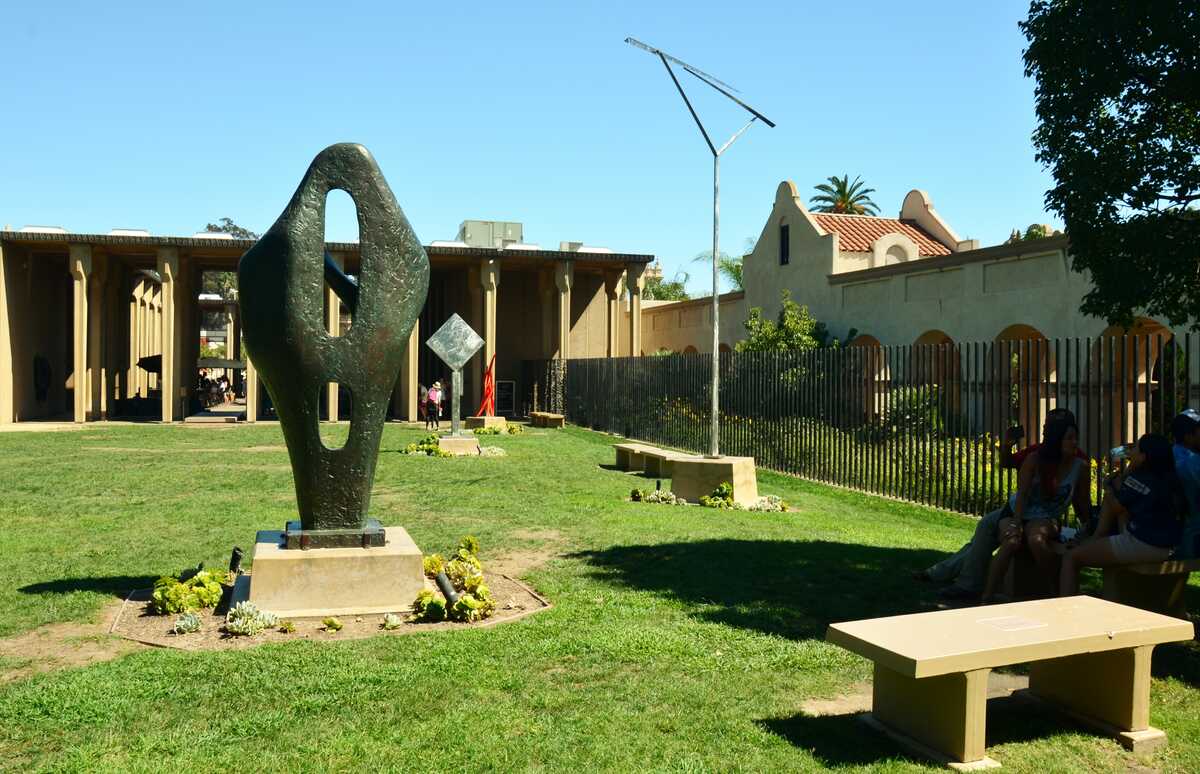
Welcome to San Diego, America’s Finest City, where the sun shines bright, and the beach is always calling. Maintaining a lush and healthy lawn during the city’s dry summer months can be challenging, but fear not. With these 10 summer lawn care tips for San Diego, you can keep your lawn looking beautiful all season long.
Prolonged heat and drought during San Diego’s summers can lead to dry, brown patches and even damage the roots of your grass. However, with a few simple adjustments to your lawn care routine, you can ensure your yard remains healthy and vibrant throughout the season.
1. Water Wisely
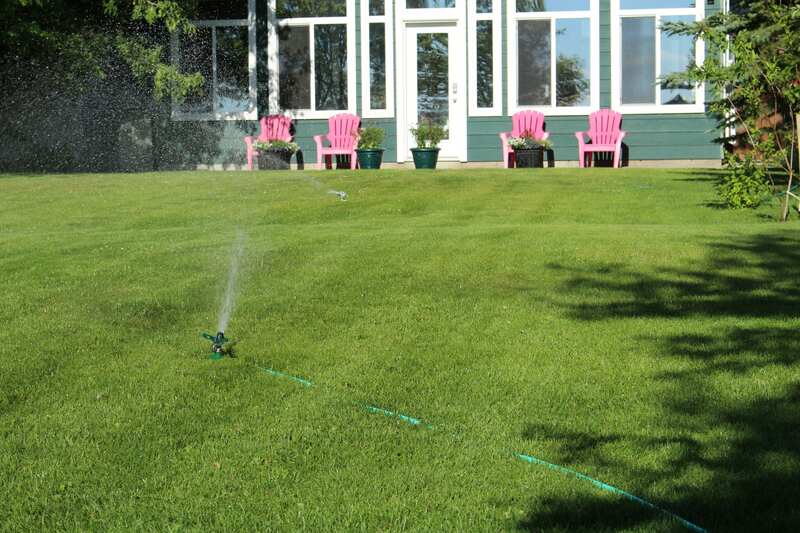
If you want to maintain a healthy lawn during the summer months in San Diego, it’s vital to ensure your lawn receives enough water to thrive since there’s little to no rainfall. However, following San Diego’s water restriction guidelines is equally important to avoid penalties.
It’s best to water your lawn in the early morning so it has plenty of time to absorb the water before the sun evaporates it. This allows the water to soak into the soil and reach the roots of your grass, promoting healthy growth. It’s recommended to water your lawn two to three times a week.
2. Upgrade Your Watering System
Drip irrigation is a highly efficient watering system that uses a system of tubes to deliver water at a slow and consistent rate directly to gardens and lawns. In addition, they are highly customizable, allowing you to adjust the flow rate and distribution pattern to meet the specific needs of your grass.
Investing in a drip irrigation system is an excellent choice, particularly in areas with limited water supply, such as Southern California. Unlike sprinkler systems that waste water through overspray, mist, wind, and evaporation, drip irrigation systems deliver water without wasting anything.
For lawns, subsurface drip irrigation is the best option, which runs underneath the ground, delivering water directly to your grass root systems. Subsurface systems cost more than the average drip irrigation system, between $815 and $4,335 per acre. Still, it will save you money in the long run.
3. Know When to Mow
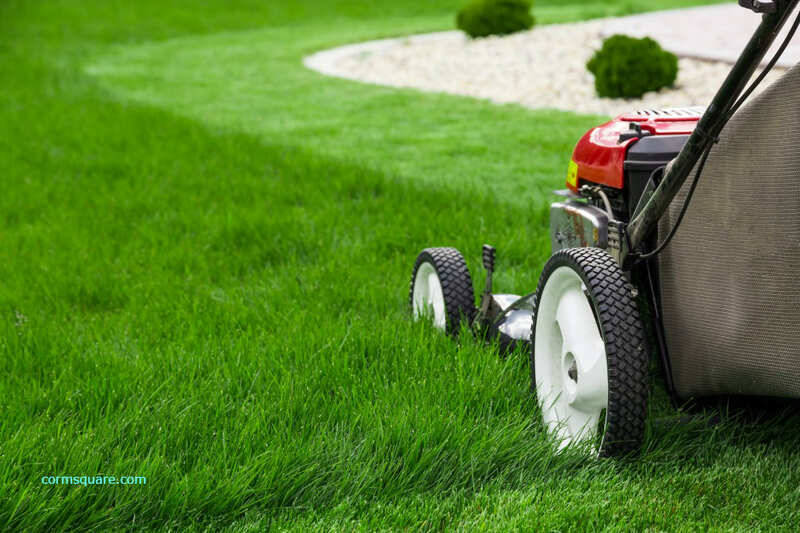
Mowing at the right height during summer is crucial for maintaining a healthy lawn. In San Diego, it is recommended to set your lawn mower to a higher setting throughout the season.
That is because taller grass blades provide more insulation and protection from the sun, preventing water loss and allowing for deeper roots and more resilient growth during drought conditions in the area. Additionally, taller strands of grass provide more shade to the soil, preventing pesky weeds like crabgrass from taking hold.
Pro Tip: Cut your grass half an inch to an inch taller than the mowing height you usually do in the other seasons.
4. Use Mulch
Instead of bagging your grass clippings, consider using a mulching mower and leaving the clippings to improve your lawn as mulch. This practice has many benefits in the summer, including:
- Preventing loss of water
- Improving water absorption
- Keeping soil temperatures cooler
- Preventing summer weeds from appearing
- Adding nutrients to the soil
Grass clippings are rich in nutrients and water, which can help to fertilize your lawn naturally. They also act as a natural barrier, preventing moisture from evaporating from the soil and keeping temperatures cooler during the hot summer months. So save yourself the trouble, and don’t bag grass clippings!
5. Feed Your Lawn
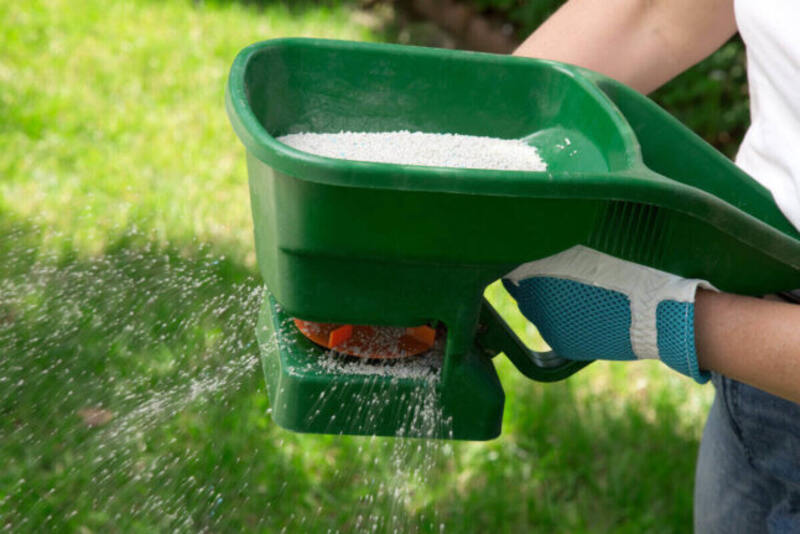
Fertilizing your lawn during the summer months can be tricky, even for the best grass types in San Diego. If you have one of the popular warm-season grasses, namely Bermudagrass or St. Augustinegrass, you can fertilize it between mid-spring and early summer to ensure optimal growth and maintenance.
However, suppose you have cool-season grass, like tall fescue. In that case, avoid fertilizing during the summer as it can stress the grass and lead to damage.
Warning: It’s crucial to be careful with the amount of fertilizer you use, especially during the hottest summer months, like August. Excess fertilizer in the heat can burn the lawn, so it’s recommended to fertilize only in the early summer.
6. Control Pesky Weeds
If you have read our article, “Spring Lawn Care Tips for San Diego,” you know that applying pre-emergent herbicides in the spring is ideal, as this is when your lawn starts to green up and weeds begin to appear.
On the other hand, summer is not the best time to apply post-emergent herbicides, especially during a heat wave. During this time of year, weeds do not absorb herbicides into their roots easily, which makes the herbicides less effective against them, and only kills the leaves.
In this case, it’s better to:
- Hand-pull the weeds
- Dig them up using a weed puller
- Spot-treat with non-selective herbicides
- Spot-treat with boiling water
Warning: Always read the instructions carefully and follow the recommended guidelines when using any herbicides on your lawn.
7. Dethatch Your Lawn
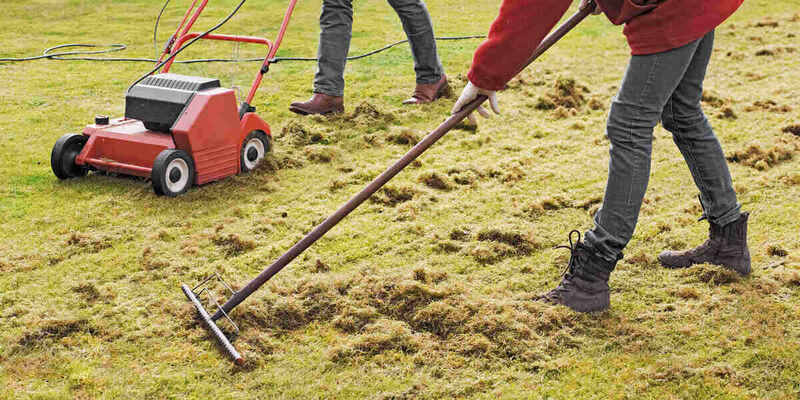
Thatch is the layer of dead grass, roots, and other organic matter accumulating on your lawn over time. While some thatch is necessary to protect the soil and provide nutrients to the grass, too much thatch can create a barrier that prevents water, air, and nutrients from reaching the roots of your lawn.
Once the thatch layer reaches a thickness of 1/2 inch or more, removing it through dethatching is important. Warm-season grasses, the most common in San Diego, should be dethatched in late spring or early summer. In contrast, cool-season grass should be dethatched in late summer or early fall.
8. Careful with Aeration
Aeration involves removing small plugs of soil from your lawn, allowing air, water, and nutrients to penetrate the soil and reach the roots. However, it’s essential to be careful when aerating during the summer, as extreme summer heat or drought can dry out the soil and damage your grass.
Plan to aerate warm-season grasses through late spring to early summer. In contrast, cool-season grasses can be aerated between late summer or left for early fall lawn care in San Diego. Give preference to aerating in the early morning when the soil is moist but not saturated.
9. Overseed for a Fuller Look
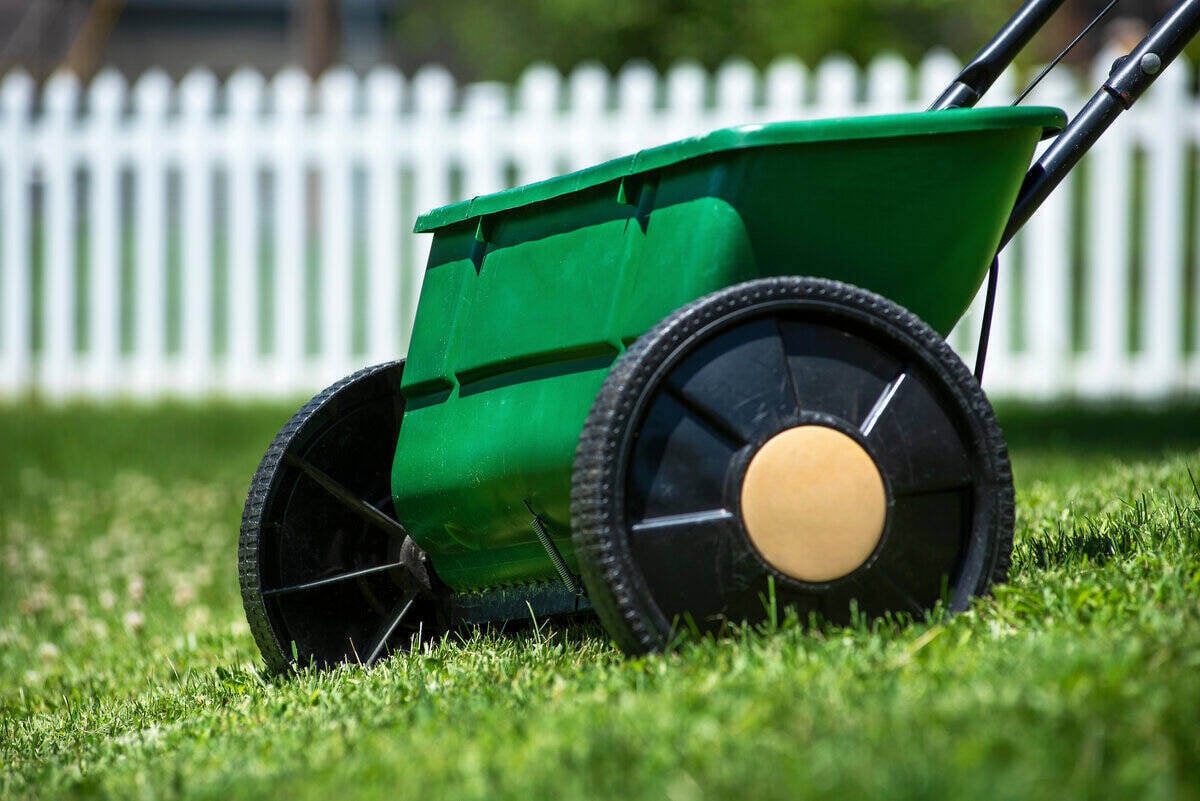
Overseeding is the process of spreading grass seed over an existing lawn to fill in bare patches and thinning areas and give your lawn a fuller look. This is a great way to rejuvenate your lawn without completely starting over.
Overseeding can also help improve your lawn’s overall health and resilience by introducing new, disease-resistant grass varieties. Suppose you have warm-season grass, like Bermudagrass or St. Augustine. In that case, it’s best to overseed in the spring or early summer when the soil temperature is warm enough to promote germination.
On the other hand, if you have cool-season grass, like tall fescue, it’s best to overseed in the fall when temperatures are cooler. You can also overseed Bermudagrass in fall with cool-season grasses like ryegrass, so you can have a green lawn all year round.
10. Get Rid of Pests
One of the most common lawn pests in Southern California are grubs, which are the larval stage of certain beetles. These pests begin feeding in late spring to early summer and can cause significant damage to your lawn if left unchecked.
Here are some signs you may have a grub problem:
- Turf is easily removed with little to no root
- Raccoons and skunks may start digging for food
- Dead patches of grass around your yard
- Beetles flying around
Pro Tip: To ensure there is a grub infestation, cut a one-foot section of your lawn with a shovel, peel up the soil, and count the grubs you find. If you count 10 or more grubs in the section, you likely have an infestation that needs to be addressed.
To get rid of grubs, you can apply insecticides with carbaryl and trichlorfon, or you can introduce parasitic wasps or beneficial nematodes.
FAQ About Summer Lawn Care Tips
It’s not recommended to avoid watering your grass during the summer months if you want to maintain a green lawn. San Diego typically receives little to no rain during the summer, so even grass types with high drought tolerance, like Bermuda and tall fescue, can suffer from discoloration, dryness, and reduced leaf growth.
If you prefer to avoid watering your lawn frequently during the summer, consider xeriscaping, a landscaping technique that uses drought-resistant plants and minimal water to create a beautiful and sustainable outdoor space. You can also paint your grass to look greener while it’s dormant.
Yes, leaving your grass slightly higher than usual during the summer months is recommended. Raising the mower blade by 1/2 to 1 inch can provide more insulation and help prevent water loss, especially during hot and dry weather.
It is OK to fertilize your lawn during the summer months if you have warm-season grass, like Bermuda or Zoysia. Warm-season grasses are actively growing during the summer, and feeding may boost their health and appearance.
On the other hand, cool-season grass, like tall fescue, should not be fertilized during the summer. This is because these grasses typically go dormant during the hot summer months and do not require additional feeding.
Call the Pros
Maintaining a beautiful lawn in San Diego during the hot and dry summer months can be challenging. Still, it is possible with the proper care and attention. By following the tips outlined in this article, or hiring a San Diego LawnStarter pro, you can help your lawn thrive all season long.
Main Image Credit: Roman Eugeniusz / Wikimedia Commons / CC BY-SA 3.0


